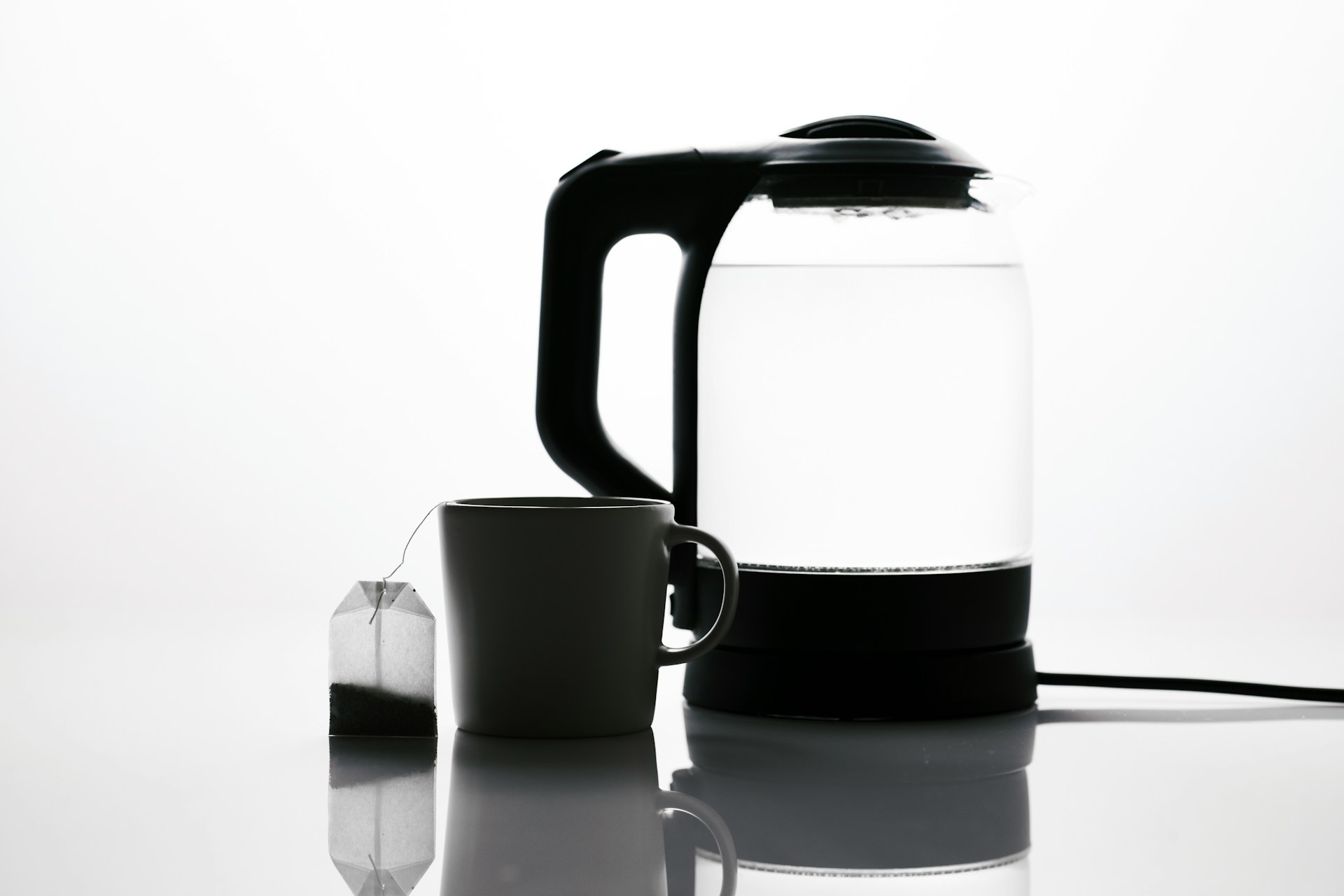

Question: Does Leaving a Kettle Plugged in Use Electricity?
Answer: Leaving a kettle plugged in uses a tiny amount of electricity, even when switched off. This “phantom load” powers the internal circuitry, but it’s minimal compared to boiling water.
The Hidden Costs of Plugged-in Appliances: Does Your Kettle Drain Your Wallet?
We often overlook small appliances in our homes, assuming they pose no threat to our energy bills when not in active use. But does leaving a kettle plugged in use electricity? The short answer is: it depends. While a fully switched-off kettle consumes virtually no power, one left switched on, even without heating water, may draw a small amount of electricity. This seemingly insignificant phantom load can accumulate over time, contributing to higher energy bills and impacting the environment.
Understanding Phantom Loads
Phantom loads, also known as standby power, refer to the electricity consumed by electronic devices and appliances when they are turned off but still plugged into an outlet. Many appliances, including kettles, maintain certain functions even when not actively in use. These functions, such as illuminated displays or internal clocks, require a small but continuous flow of electricity.
Click here for more information on a realty specialist in Orangeville
Related Article: Does Leaving a TV Plugged in Use Electricity?
Related Article: Should I Unplug My Washer And Dryer When Not in Use?
Calculating the Cost of a Plugged-in Kettle
While the standby power consumption of a kettle is relatively low, it’s important to consider the cumulative effect. Imagine leaving a kettle with a 1-watt standby power draw plugged in 24/7. Over a year, this equates to approximately 8.76 kilowatt-hours (kWh). Multiply this by the average electricity cost in Ontario (approximately $0.14 per kWh), and the annual cost comes to roughly $1.23. While this seems insignificant on its own, these small amounts can quickly add up when considering all the plugged-in appliances throughout your home.
Minimizing Phantom Loads in Your Home
Several strategies can help reduce phantom loads and contribute to a more energy-efficient home:
Unplug Appliances:
The simplest and most effective method is to unplug appliances when not in use. For frequently used appliances like kettles, this may be impractical. Instead, consider…Use Power Bars:
Connecting multiple devices to a power bar allows you to switch them all off with a single switch, effectively cutting power to everything on the strip.Invest in Smart Power Strips:
These advanced power strips automatically cut power to devices when not in use, detecting standby mode and reducing phantom loads.Choose Energy-Efficient Appliances:
When purchasing new appliances, look for models with low standby power consumption. Energy Star certified appliances adhere to stringent energy efficiency guidelines.
Energy Efficiency and Your Home’s Value
Increasingly, energy efficiency is a significant factor in determining a home’s value. By demonstrating proactive measures to reduce energy consumption, you can not only lower your utility bills but also potentially increase your home’s appeal to environmentally conscious buyers.
Conclusion
In conclusion, while leaving a basic electric kettle plugged in does not lead to a substantial surge in your electricity bill, it’s a small drain that adds up over time, especially when combined with other plugged-in appliances. By adopting simple habits such as unplugging infrequently used appliances and utilizing power bars, you can minimize phantom loads, contribute to a greener environment, and potentially boost the value of your property. So, the next time you finish that cup of tea, consider unplugging your kettle – a small action that can make a big difference in the long run. [ 1 ]
References
1. https://green-energy-efficient-homes.com/waste-electricity.html


